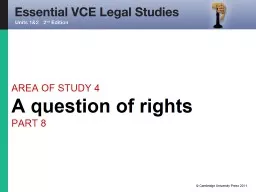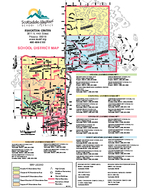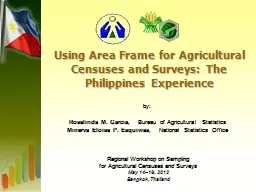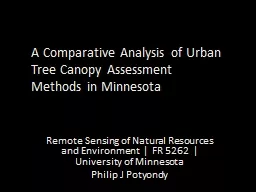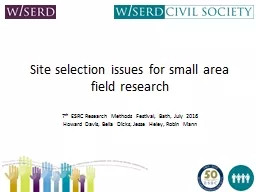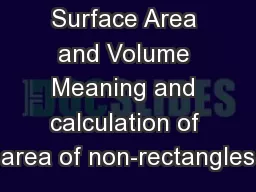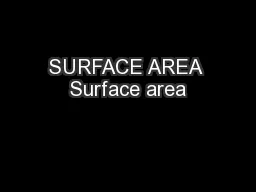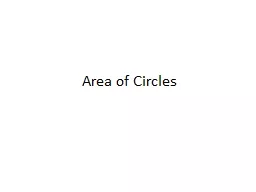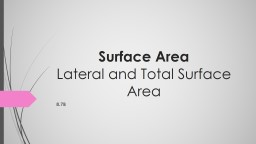PPT-AREA OF STUDY 4
Author : mitsue-stanley | Published Date : 2017-09-10
A question of rights PART 8 In this area of study you will consider the case of Mabo v Queensland No 2 1992 175 CLR 1 81 The role of an individual or group A test
Presentation Embed Code
Download Presentation
Download Presentation The PPT/PDF document "AREA OF STUDY 4" is the property of its rightful owner. Permission is granted to download and print the materials on this website for personal, non-commercial use only, and to display it on your personal computer provided you do not modify the materials and that you retain all copyright notices contained in the materials. By downloading content from our website, you accept the terms of this agreement.
AREA OF STUDY 4: Transcript
Download Rules Of Document
"AREA OF STUDY 4"The content belongs to its owner. You may download and print it for personal use, without modification, and keep all copyright notices. By downloading, you agree to these terms.
Related Documents

